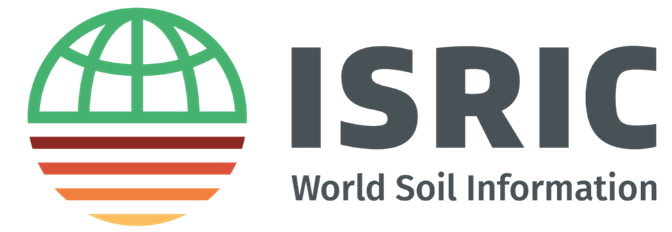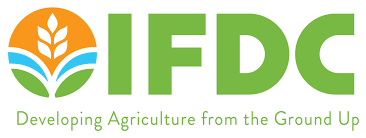Welcome to the 1st version prototype of the online fertilizer decision support tool developed by the SOILS-Consortium (ISRIC, IFDC and USAID) for the Space to Place initiative. This tool generates NPK fertilizer recommendations for major crops for, to be selected, fields in the croplands of target countries in sub-Saharan Africa, at three levels of agricultural management intensity knowing high, medium and low.
This tool is in beta state. It implies that the recommendations should not be used in practice yet.
To access the API, you need to login. Contact ISRIC to request your credentials.
Select a location by clicking in the map below or select  to retrieve your current location.
Non arable land is orange and cannot be selected.
to retrieve your current location.
Non arable land is orange and cannot be selected.
 to retrieve your current location.
Non arable land is orange and cannot be selected.
to retrieve your current location.
Non arable land is orange and cannot be selected.
xxx/kg
N
P
K
xxx/kg
Fertilizer recommendations for different fertilizer targets
Fertilizer response curves
Legend

|
Average yield response (default) |

|
Recommendation based on: |

|
Average yield response (hyperlocalized) |

|
Hyperlocalized recommendation based on: |

|
Minimum and maximum yield response in 6 out of 10 year |

|
Minimum and maximum yield response in 9 out of 10 year |
- Yearly chance of a positive or negative net return at varying levels of investments
Hyper localisation tool
Raw results
History
| Label | Crop | Size | Budget | Last Update |
|---|
About this fertilizer decision support tool
Welcome to the 1st version prototype of the online fertilizer decision support tool developed by the SOILS-Consortium (ISRIC, IFDC and USAID) for the Space to Place initiative. This tool generates NPK fertilizer recommendations major crops for, to be selected, fields in the croplands of target countries in sub-Saharan Africa, at three levels of agricultural management intensity knowing high, medium and low. The recommendations are based on different criteria including productivity (maximal yield gain or maximal fertiliser use efficiency) and economy (maximal net return or maximal net return cost ratio). For the latter purpose, grain market price can be specified per crop as well as the costs of NPK per fertilizer type. The results are provided in the form of a table and displayed by response curves in a graph showing yield (kg/ha) as a function of N, P and K (kg/ha), and net return (price/ha) as a function of costs (price/ha) thereby also indicating the recommended NPK rates and costs according to the selected criterium.
Above response curves and recommendations are entirely based on mapped field conditions. To make the curve and the recommendation more field specific, the user can specify field specific conditions after which new response curves and new recommendations will be generated. By changing the entries, the user can also learn what the impact is of changing management practices. To generate such hyper-local advice, the user can specify prevailing management details (cultivar, labour, pests and diseases, soil and water conservation and the field history concerning soil fertility and organic matter management), terrain conditions (slope and position on the slope) and soil field observations (rootable soil depth, stoniness and texture) as well as soil laboratory measurements (pH, C, N, P, K). In reply, a second curve will be created showing the response for that hyper-local condition together with hyper-localized recommendations according to the selected criterium.
The calculations are based on what we call ‘spatial nutrient gap analysis’. Herein we calculate the attainable crop yield as a function of soil water availability and the associated crop nutrient demand as a function of crop parameters derived from fertilizer trial data. This nutrient demand we compare with the soil nutrient supply which we calculate from soil property maps and parameters derived from fertilizer trial data. Then we calculate the efficiency of fertilizer nutrients, again using parameters derived from fertilizer trial data, to fill the nutrient gap. The hyper-localization uses the same model though using additional variables which are not available from maps but observed at the field point location as well as variables which are available from maps but at relatively low certainty and replaced by more certain observations at the field point location.
The model train that we use for this purpose runs online (which may take a moment) following the user-sourced specifications.
Please note that the current prototype is still limited in scope and it is intended to extend this during a follow up phase, including:
- Improvement of the soil-crop model train by inclusion of WOFOST (to estimate water-limited crop production) and INITATOR (to estimate soil and fertilizer (micro)nutrient availability)
- Spatially variable model parameterization (pending additional and adequate trial data)
- Inclusion of national soil map data
- Inclusion of fertilizer source
- Inclusion of multi-year variance in crop response efficiency
- Inclusion of multi-field multi-crop farm optimization
- Inclusion of uncertainty propagation
- Inclusion of soil health
- Further work out of agricultural best practices
Warning
Loading


